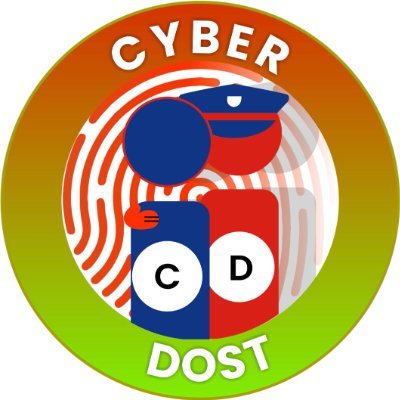I Overview about the I4C Scheme
II Components of the I4C Scheme
1 National Cybercrime Threat Analytics Unit (TAU)
2 National Cybercrime Reporting Portal (www.cybercrime.gov.in )
3 Platform for Joint Cybercrime Investigation Team
4 National Cybercrime Forensic Laboratory National Cybercrime Forensic Laboratory Ecosystem
5 National Cybercrime Training Centre (NCTC) (www.cytrain.ncrb.gov.in )
6 Cybercrime Ecosystem Management Unit
7 National Cyber Crime Research and Innovation Centre
I. Overview about the I4C Scheme
- Outlay of Rs. 415.86 Crore
- To act as a nodal point in the fight against cybercrime
- Identify the research problems/needs of LEAs and take up R&D activities in developing new technologies and forensic tools in collaboration with academia / research institutes within India and abroad
- To prevent misuse of cyber space for furthering the cause of extremist and terrorist groups
- Suggest amendments, if required, in cyber laws to keep pace with fast changing technologies and International cooperation
- To coordinate all activities related to implementation of Mutual Legal Assistance Treaties (MLAT) with other countries related to cybercrimes in consultation with the concerned nodal authority in MHA
II. Components of the I4C Scheme
- National Cybercrime Threat Analytics Unit (TAU)
- National Cybercrime Reporting
- Platform for Joint Cybercrime Investigation Team
- National Cybercrime Forensic Laboratory (NCFL) Ecosystem
- National Cybercrime Training Centre (NCTC)
- Cybercrime Ecosystem Management Unit
- National Cyber Crime Research and Innovation Centre
1. National Cybercrime Threat Analytics Unit (TAU)
- Platform for analysing all pieces of puzzles of cybercrimes.
- Produce cybercrime threat intelligence reports and organize periodic interaction on specific cybercrime centric discussions.
- Create multi-stakeholder environment for bringing together law enforcement specialists and industry experts.
2. National Cybercrime Reporting
- Facilitate reporting of all types of cyber crime incidents with special focus on cyber crime against women and children .
- Automated routing to concerned State/UT based on information furnished in the reported incident for appropriate action in accordance with law.
- Facilitate complainants to view status of action taken on the reported incident.
3. Platform for Joint Cybercrime Investigation
- To drive intelligence-led, coordinated action against key cybercrime threats and targets.
- Facilitate the joint identification, prioritization, preparation and initiation of multi-jurisdictional action against cybercrimes.
4. National Cybercrime Forensic Laboratory (NCFL) Ecosystem
- Forensic analysis and investigation of cybercrime as a result of new digital technology and techniques.
- A centre to support investigation process. NCFL and associated Central Forensic Science Laboratory to be well-equipped and well-staffed in order to engage in analysis and investigation activities to keep-up with new technical developments.
5. National Cybercrime Training Centre (NCTC)
- Standardization of course curriculum focused on cybercrimes, impact containment and investigations, imparting practical cybercrime detection, containment and reporting trainings on simulated cyber environments.
- Development of Massive Open Online Course on a cloud based training platform.
- National Cybercrime Training Centre to also focus on establishing Cyber Range for advanced simulation and training on cyber-attack and investigation of such cybercrimes.
6. Cybercrime Ecosystem Management Unit
- Develop ecosystems that bring together academia, industry and government to spread awareness n cyber crimes, establish standard operating procedures to contain the impact of cybercrimes and respond to cybercrimes.
- Provide support for development of all components of cybercrime combatting ecosystem.
7. National Cyber Crime Research and Innovation Centre
- Track emerging technological developments, proactively predict potential vulnerabilities, which can be exploited by cybercriminals.
- To leverage the strength and expertise of all stakeholders, be it in academia, private sector or inter-governmental organizations.
- Create strategic partnerships with all such entities in the area of research and innovation focused on cybercrimes, cybercrime impact containment and investigations.




















